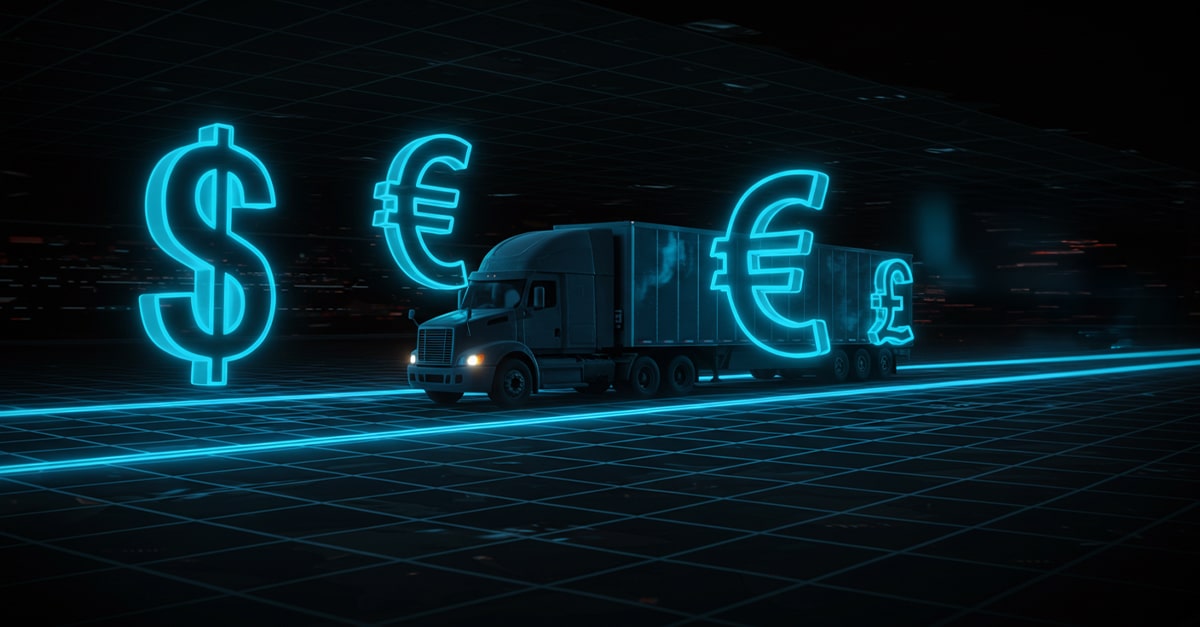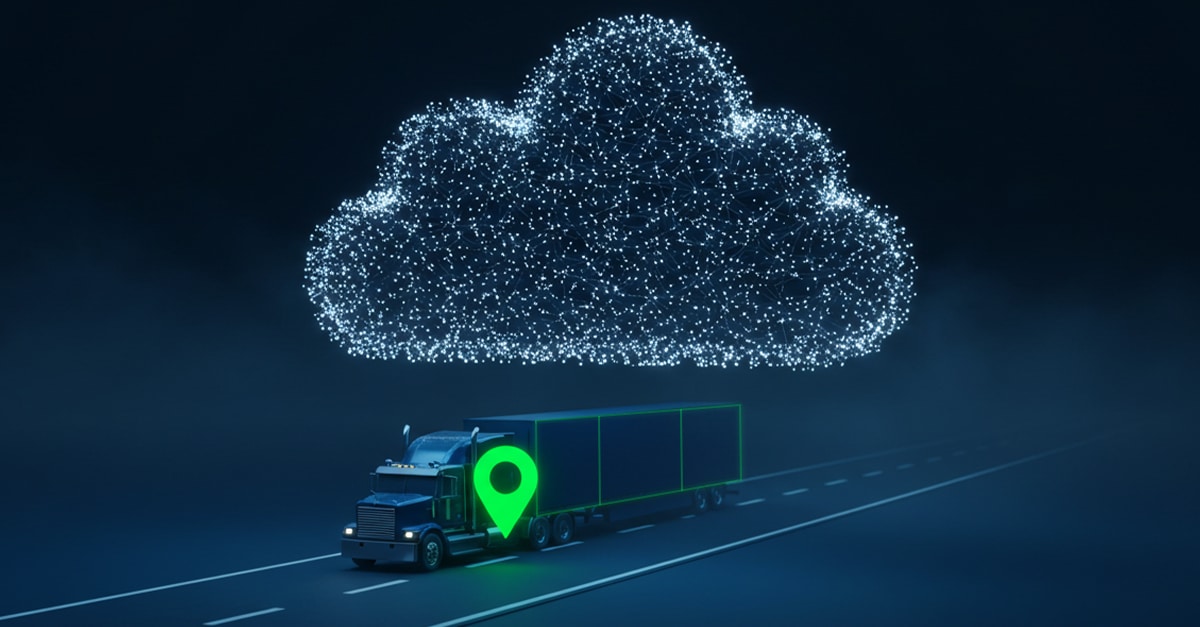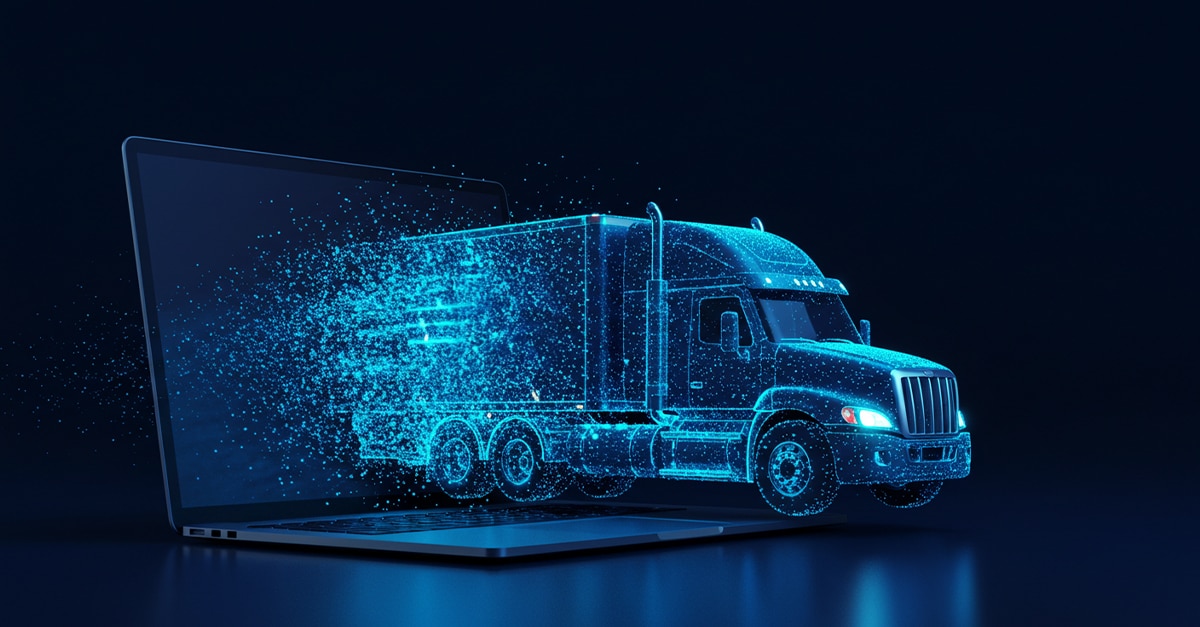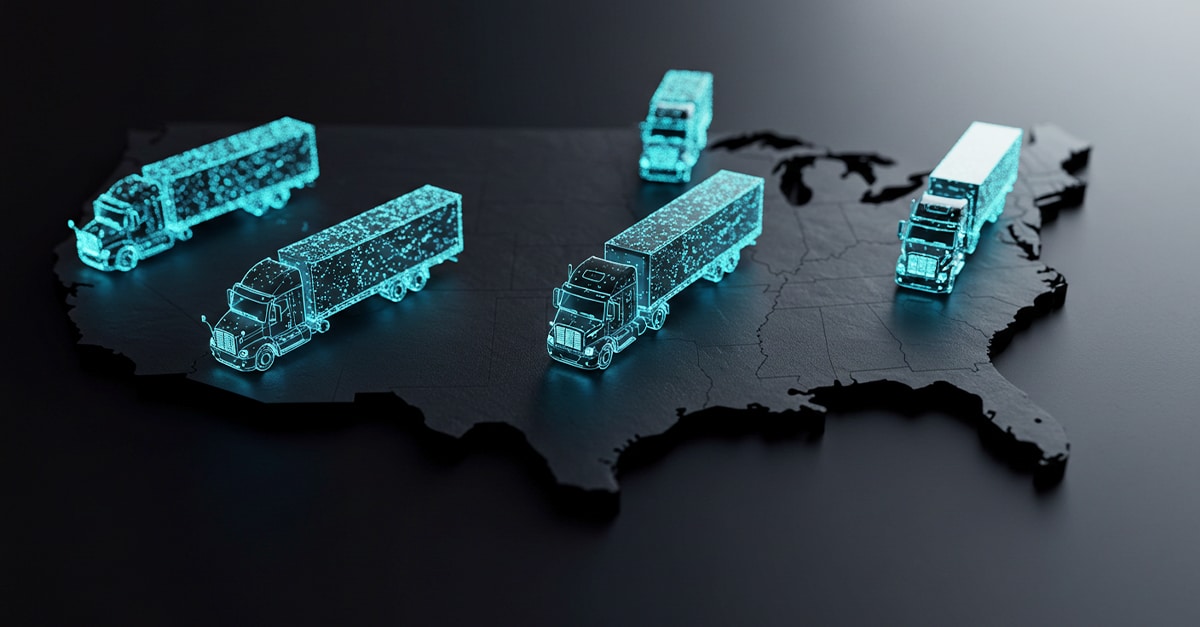The transportation industry produces more than its fair share of emissions. In the U.S. alone, this sector contributes the most Co2 emissions. While emissions in this sector went down six percent from 2005 to 2021, more needs to be done, especially due to the continuous and increasing demand for transportation.
As regulators and governmental agencies pressure the transportation industry to green up their act, supply chain professionals search for solutions. The need to go green doesn’t always match other goals, such as fast-as-possible shipping, so this becomes a challenge … although necessary. This is where supply chain sustainability and innovations that encourage sustainability come in to support more environmentally friendly practices.
What Is Supply Chain Sustainability?
Sustainability in the supply chain works toward the goal of minimizing the impact of supply chains on the environment. This is necessary because the various forms of transportation, such as road, air, and sea, contribute harmful emissions into the environment. There are other kinds of impacts as well. For instance, part of the food waste that happens in the country occurs within the supply chain, and cold chains that control the temperature of shipments use a lot of energy and rely on refrigerants that are even more harmful than carbon dioxide. These areas provide opportunities for further supply chain sustainability. Transportation impacts on the environment fall under scope 3 emissions according to EPA standards. These kinds of emissions are not coming from what an organization owns or controls but from what they are contributing to indirectly. For example, an e-commerce company may not contribute much scope 1 or 2 emissions from their assets or activities, such as fuel they’re combusting in their furnaces or electricity they’re using. However, they’re contributing significant emissions through the carriers they’re using to deliver their packages. These value chain emissions are the largest contributor to organizations’ total greenhouse gas emissions. By having organizations focus on and report these scope 3 emissions, the EPA is getting them to understand their impact on the environment and find ways to improve.Three Innovations Fueling Sustainability in Supply Chain
Vehicles with reduced emissions have made a difference in the industry, yet it still contributes too much to emissions. Fortunately, innovations are being made that can help the transportation sector and the businesses that use it rise to the challenge of creating more supply chain sustainability. Here are three already making a difference today:Complete Emissions Data
Software innovations help shippers improve their data processing to gain more insight into the emissions their activities contribute. Here are great examples:- Co2 emissions calculators can estimate carbon emissions and reductions based on key inputs.
- Carbon emissions data is difficult to collect and utilize properly, similar to other supply chain and transportation data forms. Searoutes uses an API to provide accurate carbon emissions measurements and share the impact of different strategies. It shows consumers the greenest methods, which may not be the cheapest or quickest. Nonetheless, this data is so useful because consumers tend to choose supply chain environmental sustainability over the fastest and cheapest methods when given a choice.
- Emissions measuring and reduction software can be integrated into a transportation management system (TMS) for ease of use. By improving visibility through accurate data collection, Co2 calculators give shippers valuable insight into their actual emissions. This allows them insight into where they are in relation to their emissions goals.
Carbon Offsets
Some emissions are inevitable, so it’s unrealistic to aim to eliminate them completely. A good way to account for inevitable emissions is by offsetting them. Supply chain professionals can purchase carbon credits as a way to compensate for their emission contribution. These credits fund action to reduce emissions in another area, ideally resulting in a net-zero emissions output. Here are some ideas:- Companies often fund projects in renewable energy or forestation.
- There is a consideration to fund projects in the transportation industry, such as replacing high-emissions vehicles with more efficient ones in developing countries.
- Edge Logistics uses the technology platform Cloverly to provide the ability to measure transportation footprints and buy offsets through a marketplace.
Supply Chain Digitization and Collaboration
There are numerous ways that digitizing the supply chain and creating more collaboration within it creates sustainability:- Digital freight matching ensures that freight assets are loaded as efficiently as possible, which minimizes wasted space and also emissions.
- Intelligent routing processes ensure that freight travels as efficiently as possible.
- Supply chain collaboration through a cloud-based TMS ensures that shippers can work seamlessly with logistics partners to find the most efficient solution for their freight needs.
Move Toward a More Sustainable Supply Chain
Keeping up with the e-commerce boom, delivering business-to-business goods and materials, and meeting customer expectations for quick, on-time, and affordable shipments all contribute to the transportation industry’s significant emissions. Despite these forces, governments, companies, and customers all understand the importance of sustainability in supply chains. Innovations can help, including these services from Turvo:- TMS with integrations
- Cloud-based collaboration capabilities
- Data analytics and insights
- Increased visibility into delivery trends









